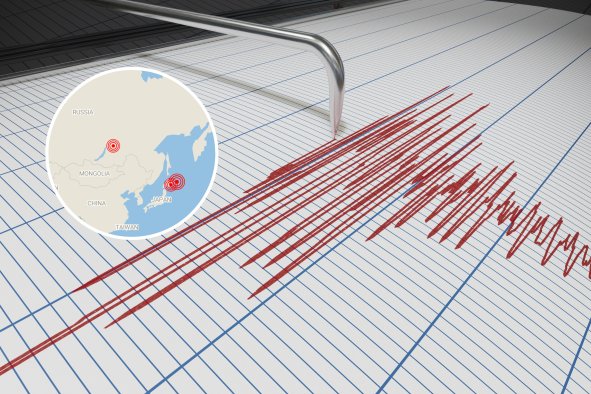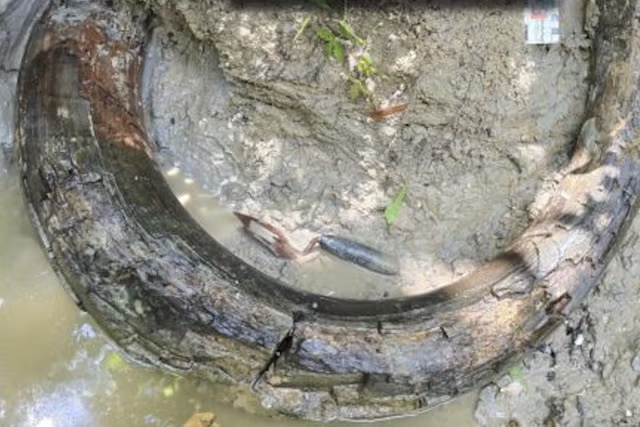Mpox was declared a "public health emergency of international concern" by the World Health Organization (WHO) last week amid the spread of a deadlier form of the virus throughout several countries in Africa.
One case of this new variant has been confirmed outside the continent, in Sweden, while the original form of the virus continues to circulate around the world.
Mpox, previously called monkeypox, rose to recognition during a global outbreak in 2022, affecting the U.S., Europe, Australia and many other countries. The virus comes in two versions—clade I and clade II—and spreads through close contact.
The previous outbreak in the U.S. and Europe was driven by the clade II form of the virus and was mostly spread through sexual and intimate contact, with men who have sex with men being at the highest risk of infection. However, the current surge in Africa is being driven by a new variant of the clade I virus, called clade Ib, which is thought to cause more severe disease than previous variants.
Since the beginning of 2023, more than 22,000 cases of mpox are believed to have occurred in the Democratic Republic of Congo (DRC), with more than 1,200 deaths. This has likely been driven by the clade Ib variant, which has also spread to neighboring Burundi, Kenya and Rwanda.
However, clade II mpox has also continued to circulate, with more than 1,000 cases detected in the U.S. alone in the first six months of 2024.
The map below shows where mpox has been reported since the start of 2024, according to data from the World Health Organization.
The country with the highest caseload during this period has been the Democratic Republic of Congo (DRC), with 1,754 cases confirmed between January and June 2024 and only about 2,000 confirmed cases across the continent during this period. However, health officials say the actual figures are likely to be much higher, with the Africa Centers for Disease Control and Prevention estimating roughly 17,000 cases since the start of 2024.
They add that 96 percent of these cases are thought to have occurred in the DRC.
According to above map, the U.S. has the second highest case load, with 1,399 cases reported between January and June 2024. However, all detections in the U.S. have been of the clade II mpox virus, and wastewater detections remain low.
The U.S. CDC has said that the risk of clade I mpox to the U.S. public is "very low" and is unlikely to cause the same mortality rates as the DRC should it reach America.
The below map shows which countries may be at risk of clade I mpox:
The U.S. CDC added that those in the U.S. who have had mpox or are fully vaccinated should be protected against both clade I and clade II mpox. You can also protect yourself by taking the following precautions:
- Avoid close contact with people who are sick with mpox symptoms, like skin lesions, especially around the genitals.
- Avoid contact with wild animals in areas where mpox regularly occurs (for example, while traveling.)
- Avoid contact with contaminated people and materials such as bedding and clothing used by people who are sick.
Is there a health problem that's worrying you? Let us know via health@newsweek.com. We can ask experts for advice, and your story could be featured in Newsweek.
Disclaimer: The copyright of this article belongs to the original author. Reposting this article is solely for the purpose of information dissemination and does not constitute any investment advice. If there is any infringement, please contact us immediately. We will make corrections or deletions as necessary. Thank you.



